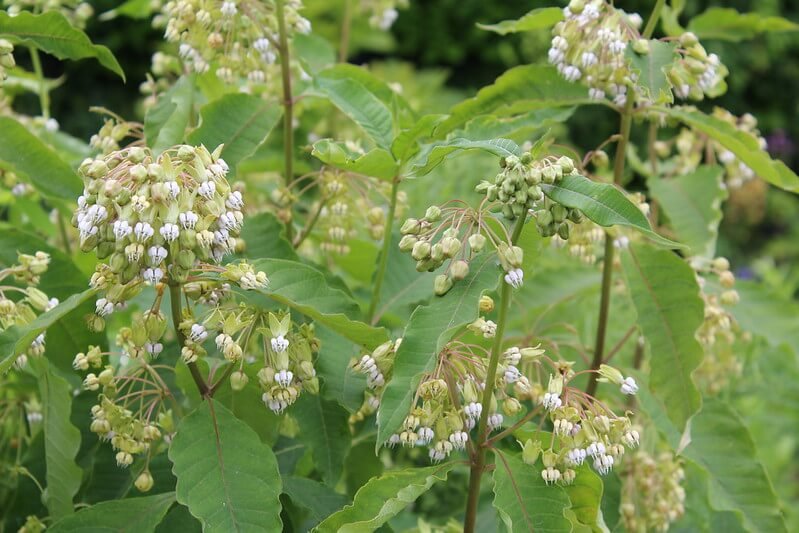Butterfly Weed (Asclepias tuberosa)
I love Butterfly Weed! Its vibrant orange color makes it an attractive garden plant. Like all members of the Asclepias family, it is a host plant for Monarch butterflies. Unlike some of the other milkweeds, it is a clump-forming and deeply tap-rooted plant and thus, well-behaved in the landscape. Although not the preferred host plant for monarchs, they will happily use it when others are not available. Butterfly Weed attracts all kinds of pollinators, especially butterflies and bees! It is recommended as a monarch nectar source (Xerces.org) and is recommended as a preferred pollinator plant by the Xerces Society (Xerces.org). It can be late to emerge in the landscape, so do not give up on this tough and beautiful pollinator magnet.
Photo credit: John Blair
I love Butterfly Weed! Its vibrant orange color makes it an attractive garden plant. Like all members of the Asclepias family, it is a host plant for Monarch butterflies. Unlike some of the other milkweeds, it is a clump-forming and deeply tap-rooted plant and thus, well-behaved in the landscape. Although not the preferred host plant for monarchs, they will happily use it when others are not available. Butterfly Weed attracts all kinds of pollinators, especially butterflies and bees! It is recommended as a monarch nectar source (Xerces.org) and is recommended as a preferred pollinator plant by the Xerces Society (Xerces.org). It can be late to emerge in the landscape, so do not give up on this tough and beautiful pollinator magnet.
Photo credit: John Blair
I love Butterfly Weed! Its vibrant orange color makes it an attractive garden plant. Like all members of the Asclepias family, it is a host plant for Monarch butterflies. Unlike some of the other milkweeds, it is a clump-forming and deeply tap-rooted plant and thus, well-behaved in the landscape. Although not the preferred host plant for monarchs, they will happily use it when others are not available. Butterfly Weed attracts all kinds of pollinators, especially butterflies and bees! It is recommended as a monarch nectar source (Xerces.org) and is recommended as a preferred pollinator plant by the Xerces Society (Xerces.org). It can be late to emerge in the landscape, so do not give up on this tough and beautiful pollinator magnet.
Photo credit: John Blair
Life Cycle: Perennial
Sun Exposure: Prefers full sun, but can often handle partial.
Soil Moisture: Medium-dry
Height: 2 feet
Plant Spacing: 1-3 feet
Bloom Time: June-August
Bloom Color: Orange
Advantages: Pollinator Favorite, Bird Favorite, Deer Resistant, Great landscaping plant
Host plant: Monarch, Milkweed Tussock Moth, and 11 other species of butterflies and moths use this as a caterpillar host plant in our area (nwf.org)
Complementary Plants: Prairie Phlox, Ohio Spiderwort






